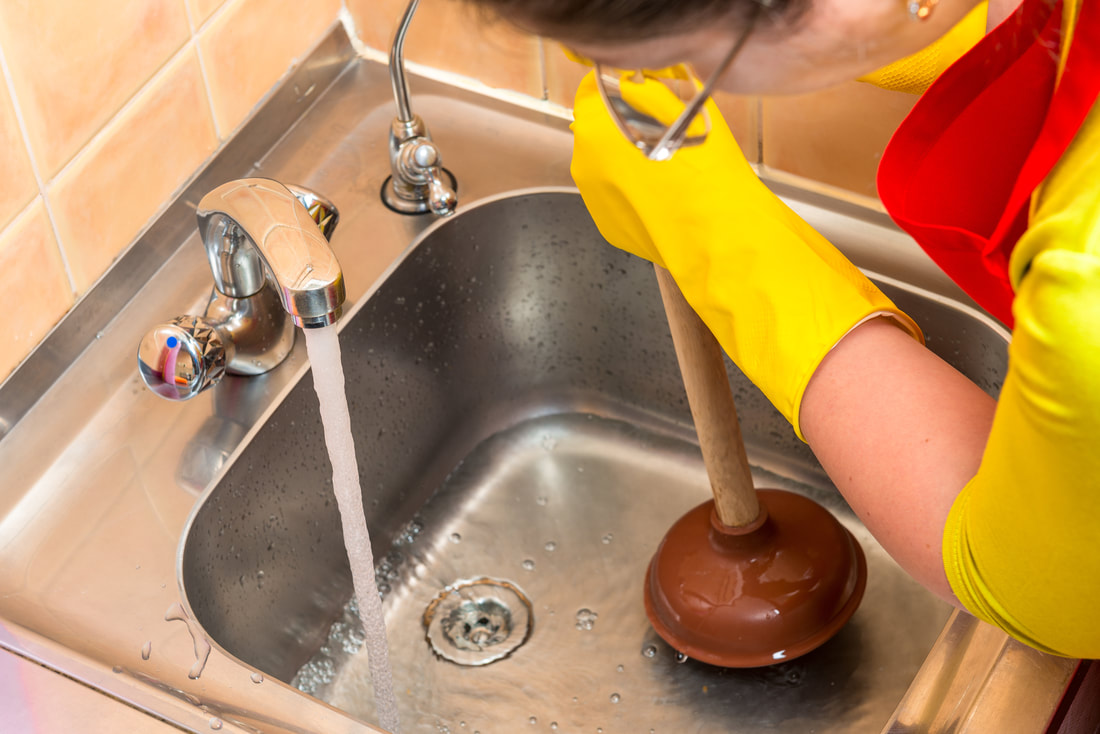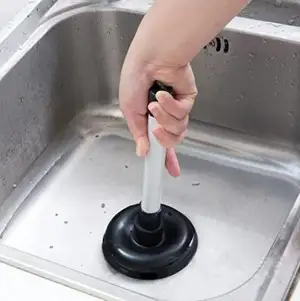How to Apply Plunger and Drain Cleaners Successfully: Professional Guidance
How to Apply Plunger and Drain Cleaners Successfully: Professional Guidance
Blog Article
What're your thoughts regarding How To Use Your Toilet Plunger Correctly in 5 Easy Steps?

Introduction
Appropriate maintenance of family drains pipes is crucial for stopping blockages and ensuring smooth water flow. One of the trick devices in every property owner's toolkit is the bettor, together with numerous drainpipe cleaners designed to deal with persistent obstructions properly. This short article checks out how to utilize plungers and drainpipe cleaners successfully to keep your drains streaming easily.
Area 1: Recognizing Bettors
Types of Plungers
There are numerous types of bettors available, each designed for different kinds of drains and clogs. One of the most usual types consist of cup bettors, flange bettors, and accordion bettors.
Just How Plungers Work
Plungers work on the concept of creating stress and suction to dislodge obstructions. When effectively applied over a drainpipe, they produce a vacuum that can take out particles or break up obstructions.
Picking the Right Bettor
Picking the ideal plunger depends upon the type of drain and the nature of the clog. Cup plungers are optimal for sinks and tubs, while flange bettors are much better suited for toilets because of their layout.
Typical Mistakes with Bettors
Staying clear of these errors ensures effective plunging: incorrect seal around the drainpipe, inadequate pressure, and not clearing bordering debris.
Section 2: Utilizing Plungers Effectively
Preparation
Prior to plunging, make sure the bettor covers the drain totally and creates a tight seal. Clear any noticeable debris around the drainpipe opening.
Technique
Start with gentle plunging movements to construct suction. Boost stress slowly, making use of a stable rhythm. Repeat as needed up until the drainpipe removes.
Repairing Tips
If plunging doesn't work, try readjusting the seal, using petroleum jelly for a far better seal, or utilizing a different sort of plunger.
Area 3: Understanding Drain Cleaning Company
Types of Drain Cleaners
Drain cleaners can be chemical or enzymatic. Chemical cleaners make use of strong chemicals to dissolve clogs, while chemical cleansers make use of all-natural enzymes to break down organic matter.
Just How Drainpipe Cleaning Company Job
Chemical cleansers respond with blockages to dissolve them, while enzymatic cleaners break down organic materials like hair and grease without hurting pipes.
Safety Considerations
Always use handwear covers and eye security when utilizing chemical drain cleaners. Ensure sufficient ventilation and follow maker instructions meticulously.
Eco-Friendly Alternatives
Think about utilizing vinegar and cooking soda or enzyme-based cleaners for green options that are more secure for pipelines and the setting.
Area 4: Using Drain Cleaning Company Efficiently
Application Techniques
Pour chemical cleaners directly right into the drain opening. Enable them to work for the suggested time prior to flushing with warm water. Chemical cleansers ought to sit overnight.
Preventative measures
Prevent blending different sorts of cleansers, as this can create toxic fumes. Never use chemical cleansers in conjunction with a bettor, as spilling can take place.
Handling Stubborn Clogs
For consistent obstructions, take into consideration making use of a plumbing serpent or calling an expert plumbing to stop damages to pipes.
Final thought
In conclusion, comprehending exactly how to utilize plungers and drain cleansers effectively is necessary for maintaining healthy and balanced plumbing systems. By choosing the right devices and techniques, property owners can tackle small obstructions and protect against significant pipes problems down the line.
4 DIY Ways to Unclog Drains
Wire Hanger
This age-old technique has been used by many an amateur plumber – to much success. Take any wire hanger, deconstruct its shape and leave a small hook shape on the end. Time to go fishing! Remove the shower or sink drain cover and snake the wire into the drain, wiggling and rotating it as you push it through. Dispose of the gunk that you remove and flush the drain with hot water. Rinse with a pan of boiling water for best results.
Plunger
Creating a suction in your drain can break up clogs caused by hair and soap residue build up. First, make sure you are using the correct type of plunger, one specifically for sinks or tubs. They are typically smaller than regular toilet plungers and often have a shallow suction cup. Regular plungers can work too but we’d recommend cleaning them first and finding a way to create better suction over the drain.
Baking Soda and Vinegar
This technique is a classic – and one of the most popular DIY drain unclog methods. Pour one cup of baking soda and one cup of vinegar down the drain and allow it to work its magic overnight. The next morning, flush the drain with boiling water. Repeat if necessary.
Drain Snake/Hair Clog Tool
If you know your clog is caused primary by hair, a drain snake/hair clog tool might be your best option. These tools can be purchased for under $10 at any hardware store and work well so long as the clog isn’t too deep in the drain.
https://www.callcatons.com/blog/four-diy-ways-to-unclog-drains/

Application Techniques
Pour chemical cleaners directly right into the drain opening. Enable them to work for the suggested time prior to flushing with warm water. Chemical cleansers ought to sit overnight.
Preventative measures
Prevent blending different sorts of cleansers, as this can create toxic fumes. Never use chemical cleansers in conjunction with a bettor, as spilling can take place.
Handling Stubborn Clogs
For consistent obstructions, take into consideration making use of a plumbing serpent or calling an expert plumbing to stop damages to pipes.
Final thought
In conclusion, comprehending exactly how to utilize plungers and drain cleansers effectively is necessary for maintaining healthy and balanced plumbing systems. By choosing the right devices and techniques, property owners can tackle small obstructions and protect against significant pipes problems down the line.
4 DIY Ways to Unclog Drains
Wire Hanger
This age-old technique has been used by many an amateur plumber – to much success. Take any wire hanger, deconstruct its shape and leave a small hook shape on the end. Time to go fishing! Remove the shower or sink drain cover and snake the wire into the drain, wiggling and rotating it as you push it through. Dispose of the gunk that you remove and flush the drain with hot water. Rinse with a pan of boiling water for best results.
Plunger
Creating a suction in your drain can break up clogs caused by hair and soap residue build up. First, make sure you are using the correct type of plunger, one specifically for sinks or tubs. They are typically smaller than regular toilet plungers and often have a shallow suction cup. Regular plungers can work too but we’d recommend cleaning them first and finding a way to create better suction over the drain.
Baking Soda and Vinegar
This technique is a classic – and one of the most popular DIY drain unclog methods. Pour one cup of baking soda and one cup of vinegar down the drain and allow it to work its magic overnight. The next morning, flush the drain with boiling water. Repeat if necessary.
Drain Snake/Hair Clog Tool
If you know your clog is caused primary by hair, a drain snake/hair clog tool might be your best option. These tools can be purchased for under $10 at any hardware store and work well so long as the clog isn’t too deep in the drain.
https://www.callcatons.com/blog/four-diy-ways-to-unclog-drains/

I'm very interested in How To Use Your Toilet Plunger Correctly in 5 Easy Steps and I'm hoping you enjoyed our piece. Do you know someone else who is serious about the subject? Be sure promote it. Thanks a lot for your time spent reading it.
Click On This Link Report this page